Table of Contents
- James Lovelocks Gaia Hypothesis Explained
- Unveiling the Key Concepts of the Gaia Hypothesis
- Exploring the Scientific Impact of Lovelocks Ideas
- How to Access and Interpret Lovelocks Gaia Hypothesis PDF
- Recommendations for Further Reading and Study on Gaia Theory
- Q&A
- Key Takeaways
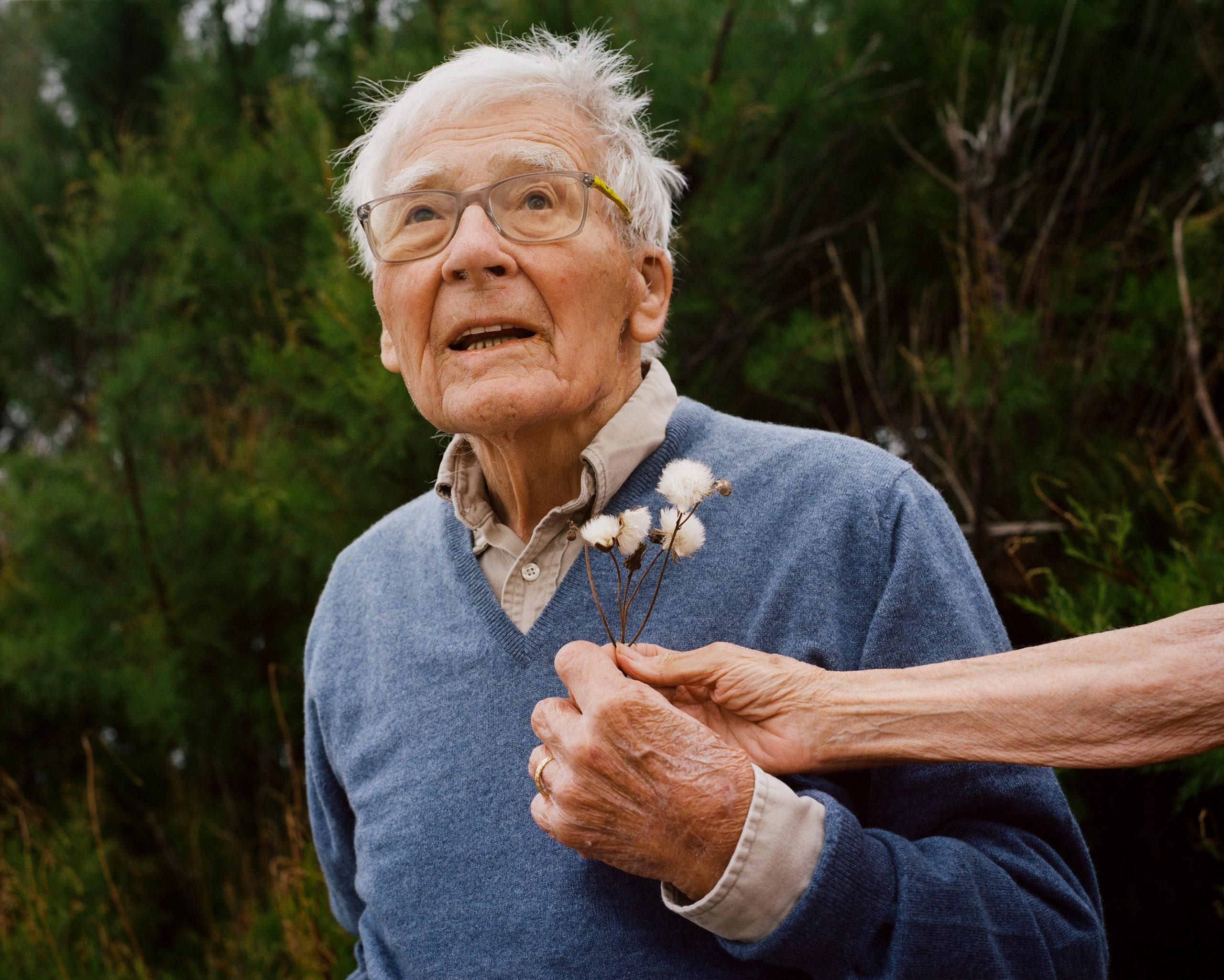
James Lovelocks Gaia Hypothesis Explained
In an era where environmental consciousness continues to gain momentum, one concept that has intrigued both scientists and laypeople alike is the Gaia Hypothesis. Proposed by the renowned scientist James Lovelock, this hypothesis presents the Earth itself as an interconnected living organism. Lovelock suggests that the Earth’s biosphere, atmosphere, oceans, and soil form a complex, self-regulating system that maintains optimal conditions for life. This overview offers a new perspective on ecological balance, where life significantly influences the environment and, in turn, the environment shapes the different forms of life. Think of it as Earth’s way of maintaining its own form of homeostasis, akin to how our human bodies regulate internal balance.
One of the key elements that makes this hypothesis fascinating is its implications on how we perceive our role within the environment. Rather than viewing humans as separate from nature, the Gaia Hypothesis encourages us to see ourselves as integral parts of this grand ecological web. Just as organs contribute to the well-being of a body, all species, including humans, play a part in maintaining the planet’s equilibrium. This concept raises crucial questions about sustainability and our responsibility towards ecological stewardship. It prompts a reevaluation of how industries, governments, and individuals approach environmental issues, with an emphasis on collaborative efforts to ensure the health of our planet.
| Core Concepts | Description |
|---|---|
| Interconnectivity | All components of Earth’s system are linked. |
| Self-regulation | Earth maintains conditions conducive to life. |
| Human Role | Humans are part of Earth’s ecological system. |
This holistic vision put forth by Lovelock provides a platform for discussing and exploring sustainable practices. By understanding that our actions affect the planet’s intricate systems, we can make informed decisions that contribute positively to Gaia’s balance. Aspiring towards harmony, we might focus on practices such as:
- Renewable energy adoption – Reducing reliance on fossil fuels.
- Conservation of biodiversity – Protecting species and their habitats.
- Reduction of waste – Encouraging efficient resource use.
Ultimately, Lovelock’s hypothesis invites us to participate actively in the ongoing dialogue between humanity and nature, urging us to consider the broader impacts of our daily choices.
Unveiling the Key Concepts of the Gaia Hypothesis
At the heart of James Lovelock’s pioneering work lies a profound assertion: Earth functions as a single, self-regulating system. This concept, which Lovelock coined as the Gaia Hypothesis, proposes that the myriad biotic and abiotic components of our planet interact in a complex web, maintaining conditions conducive to life. This hypothesis challenges traditional scientific views, suggesting that living organisms and their inorganic surroundings are intricately interconnected, working collectively to maintain balance and stability. The Gaia Hypothesis underscores how these interactions could potentially regulate global climate systems and ocean salinity to the advantage of life’s persistence over millennia.
- Self-Regulation: Gaia suggests Earth has feedback mechanisms similar to a living organism.
- Interdependence: Highlights how life forms influence, and are influenced by, the Earth’s physical conditions.
- Global Ecology: Offers a holistic approach to understanding our planet’s dynamic systems.
Recent scientific discussions often focus on the hypothesis’s implications for understanding climate change and environmental conservation. The interconnectedness highlighted by Gaia emphasizes the potential impact of human activities on Earth’s self-regulation processes. Lovelock argued that adverse changes, such as those driven by industrial pollution and deforestation, could disrupt this delicate balance. Today’s environmental scientists continue to explore how leveraging the Gaia hypothesis might offer insights for sustainable living, ensuring the resilience of both natural ecosystems and humanity’s future.
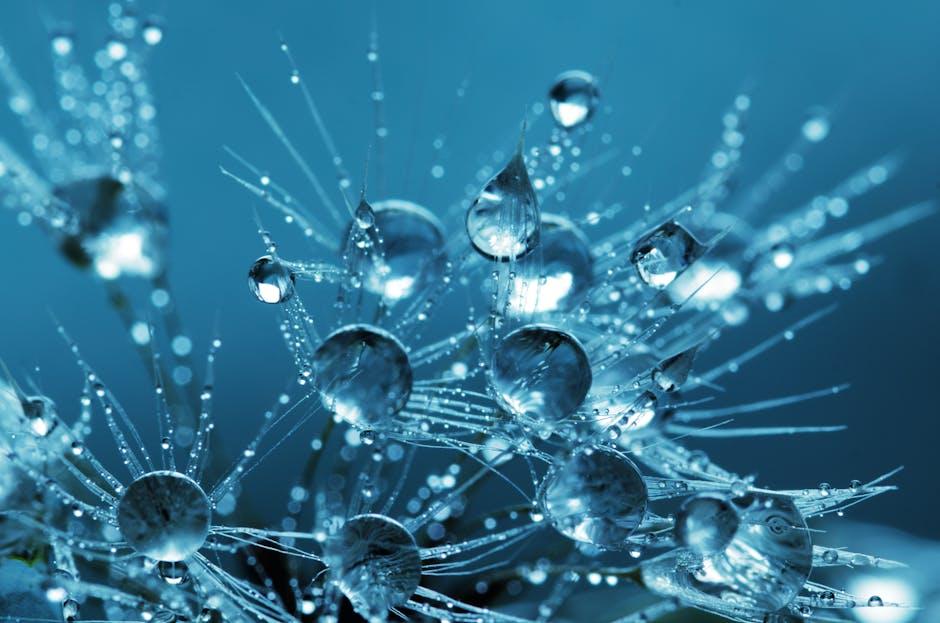
Exploring the Scientific Impact of Lovelocks Ideas
James Lovelock’s Gaia Hypothesis has profoundly influenced the scientific community by proposing that Earth functions as a self-regulating system. This innovative concept integrates ecology, biology, and Earth science, highlighting the intricate interconnectedness of the planet’s various systems. Lovelock’s hypothesis asserts that living organisms interact dynamically with their inorganic surroundings to maintain conditions conducive to life. This idea challenges traditional views, encouraging scientists to reconceptualize Earth as a cohesive, dynamic entity rather than a collection of isolated components.
- Ecological Integration: Lovelock’s theory promotes the understanding that ecosystems are not merely passive backdrops for biological activity but active participants in the earth’s regulatory processes.
- Biological Synergies: According to Lovelock’s hypothesis, life actively shapes its environment, affecting factors such as temperature, ocean salinity, and atmospheric gas composition.
- Holistic Perspectives: The Gaia Hypothesis encourages a holistic approach to ecological studies, pushing for interdisciplinary research to solve complex environmental issues.
| Impact Area | Scientific Disciplines |
|---|---|
| Climate Regulation | Climatology, Atmospheric Sciences |
| Ecosystem Dynamics | Ecology, Biology |
| Geochemical Cycles | Geology, Biogeochemistry |
The Gaia Hypothesis has sparked debates and inspired new research across multiple scientific fields. By viewing Earth as a holistic system, Lovelock’s ideas have opened new pathways for understanding global changes and predicting future trends. Though initially met with skepticism, ongoing research continues to uncover evidence supporting the hypothesis, particularly in the realms of climate science and sustainability. This has led to developing strategies aimed at promoting planetary health, emphasizing the interconnected nature of all life and urging a collective effort to address environmental challenges with a more integrated perspective.

How to Access and Interpret Lovelocks Gaia Hypothesis PDF
To delve into James Lovelock’s insightful perspective on our planet, accessing the PDF of the Gaia Hypothesis is your first step. Finding the document typically involves visiting academic databases or environmental science portals. Start your journey by exploring trusted sites like JSTOR or ResearchGate, which often host such seminal work. If you’re associated with a university, your institutional library might provide direct access through their e-resources. For those not in academia, public libraries or even interlibrary loan options are a route worth considering. Don’t forget, certain online scholarly communities might also share resources through forums or collaborative efforts.
Gaining insights from this hypothesis demands not only access but also the skills to interpret its deep ecological philosophy. Begin by focusing on key thematic elements within the text. Lovelock’s work articulates a view of Earth as a self-regulating system—often using analogies to biological processes. Pay attention to the sections discussing climactic balance and organism-environment interactions. Annotating as you read can help you track your understanding, while engaging with supplementary commentaries or analyses available online can provide additional context and viewpoints.
To further enhance your comprehension, consider breaking down the hypothesis into its components by creating a simplified table summarizing core concepts:
| Concept | Description |
|---|---|
| Earth as a Living Entity | Earth and biological life form a complex, self-regulating system. |
| Homeostasis | The maintenance of stable internal conditions by the planet. |
| Feedback Mechanisms | Processes that help stabilize or destabilize Earth’s environment. |
By organizing these ideas, you engage more deeply with Lovelock’s revolutionary theory while also fostering a critical approach to environmental science literature.
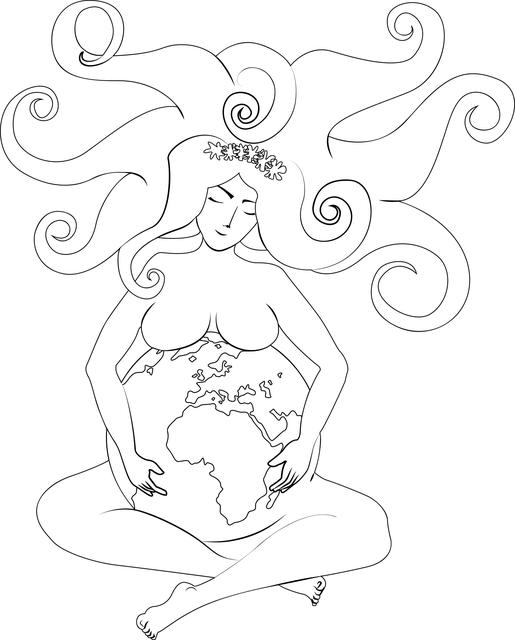
Recommendations for Further Reading and Study on Gaia Theory
For those who wish to delve deeper into the fascinating subject of Gaia Theory, there are several resources that shed light on the intricate relationship between life and Earth. To start your journey, consider exploring James Lovelock’s original works, which lay the foundational concepts of the Gaia Hypothesis. His pioneering texts such as “Gaia: A New Look at Life on Earth” provide a comprehensive overview of how Earth’s biosphere, atmosphere, and geosphere are dynamically interconnected. Another must-read is “The Ages of Gaia“, where Lovelock expands on his theories, supported by scientific evidence gathered over decades.
Expanding upon Lovelock’s legacy, other authors have contributed significantly to the discourse on Gaia Theory. For instance, Lynn Margulis, Lovelock’s collaborator, offers a biological perspective in her book “Symbiotic Planet“, which discusses symbiosis as a driving force of evolution. Additionally, Stephan Harding’s “Animate Earth” provides an accessible introduction to Gaia Theory with practical implications for environmental policy and sustainability. To diversify your understanding, consider also “Earthdance: Living Systems in Evolution” by Elisabet Sahtouris, which presents a more holistic view of Gaia.
- James Lovelock Resources:
- Gaia: A New Look at Life on Earth
- The Ages of Gaia
- Related Authors:
- Lynn Margulis – Symbiotic Planet
- Stephan Harding – Animate Earth
- Elisabet Sahtouris – Earthdance: Living Systems in Evolution
| Resource | Author | Key Focus |
|---|---|---|
| Gaia: A New Look at Life on Earth | James Lovelock | Introduction to Gaia Theory |
| Symbiotic Planet | Lynn Margulis | Symbiosis and Evolution |
| Animate Earth | Stephan Harding | Sustainable Ecology |
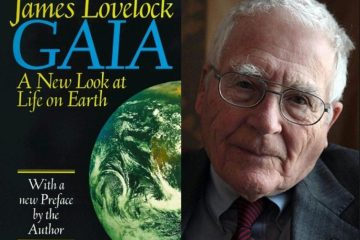

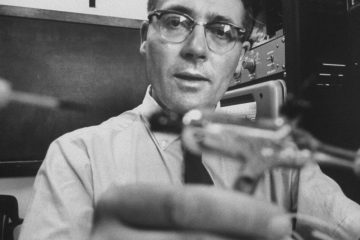
0 Comments